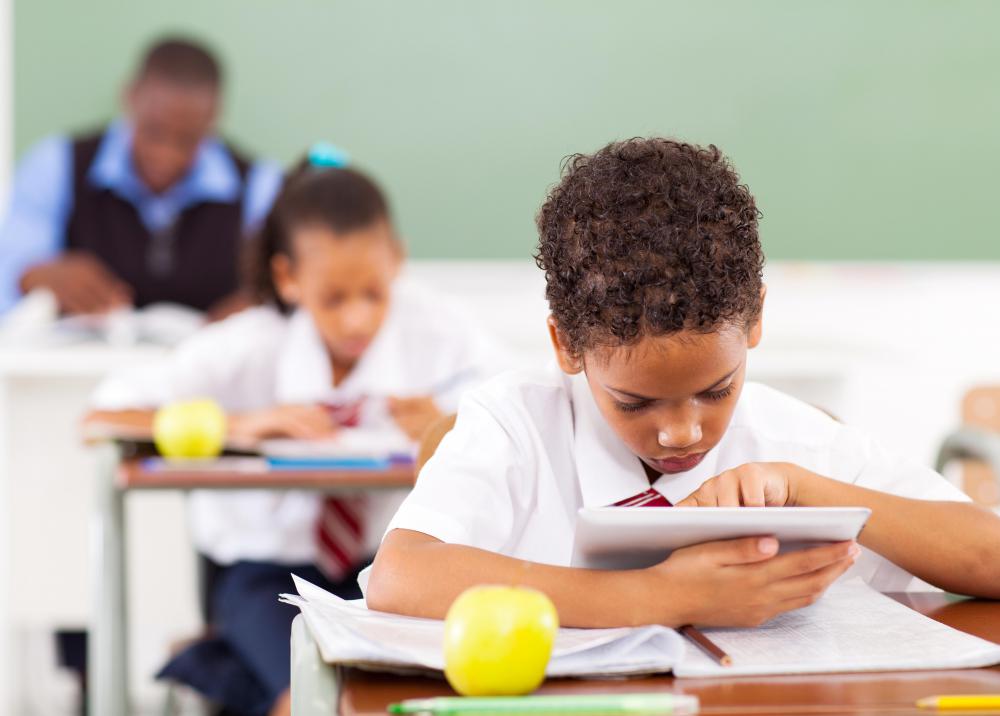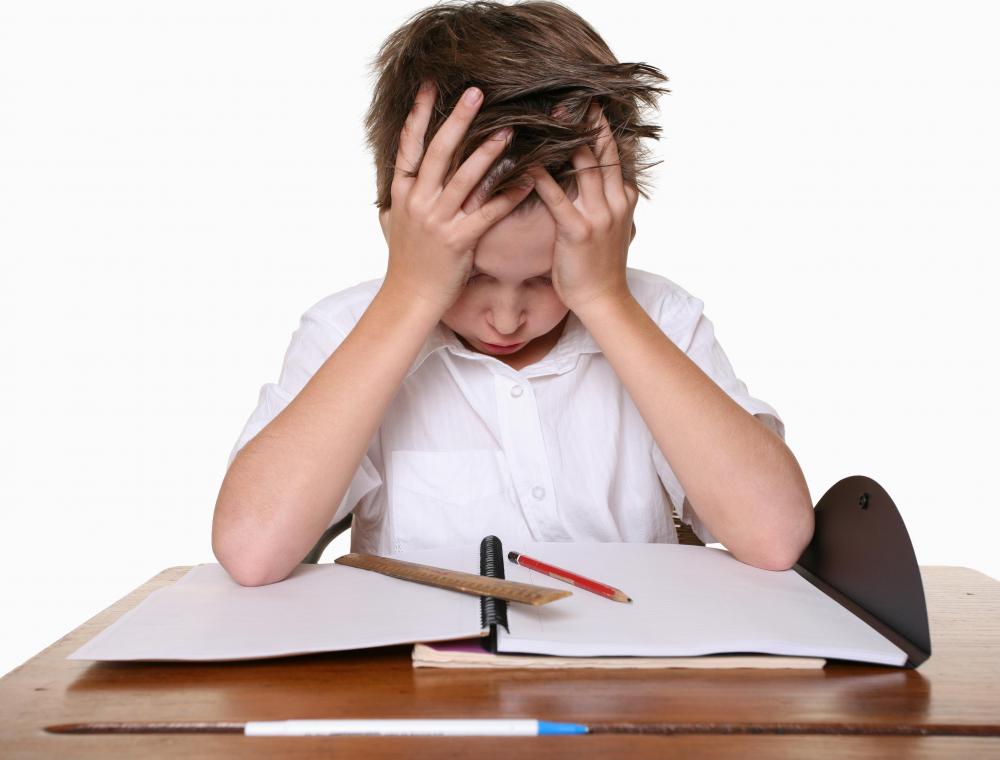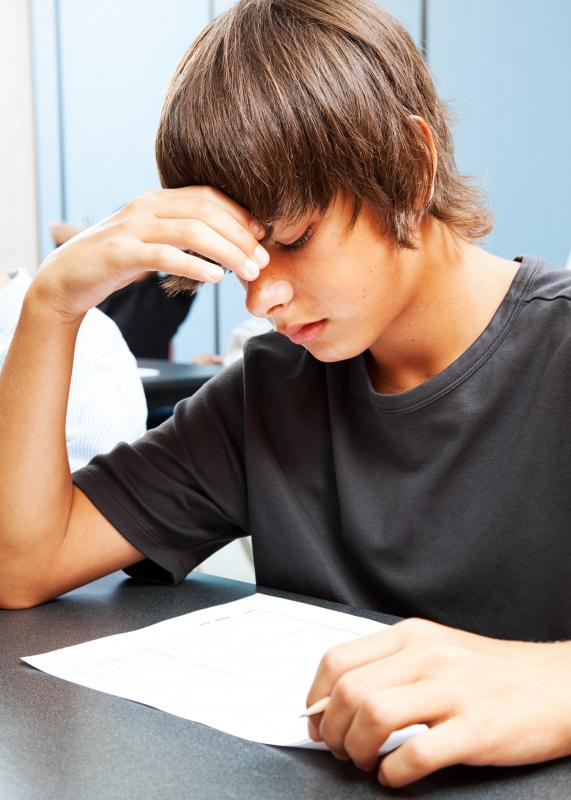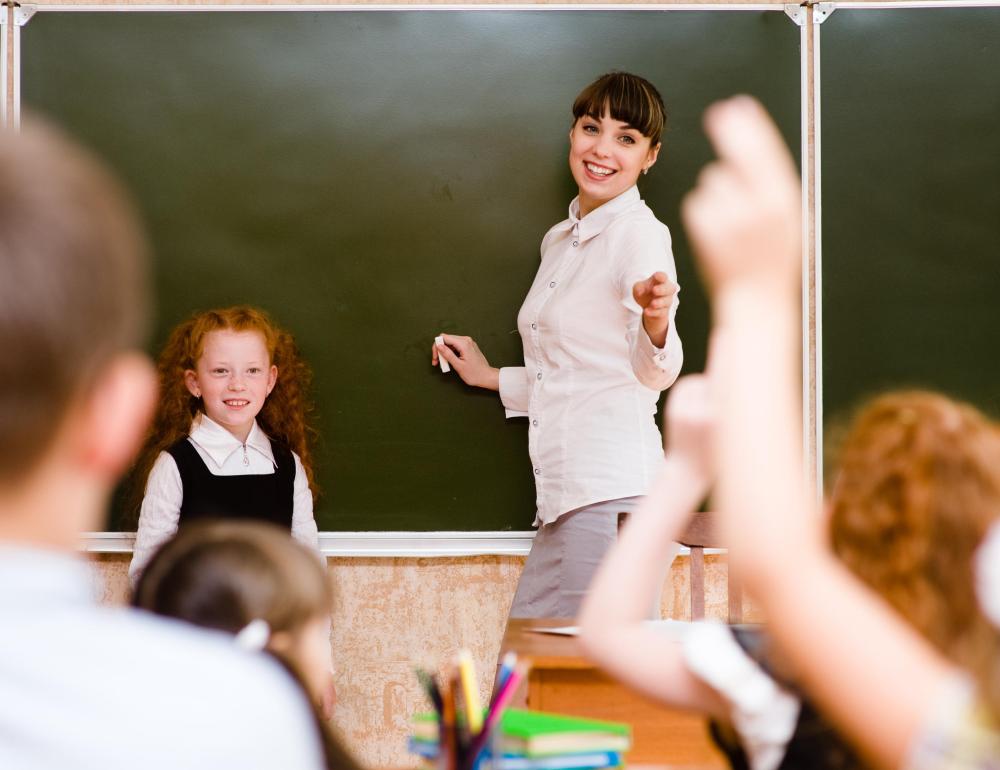At PracticalAdultInsights, we're committed to delivering accurate, trustworthy information. Our expert-authored content is rigorously fact-checked and sourced from credible authorities. Discover how we uphold the highest standards in providing you with reliable knowledge.
What Are the Different Types of Learning Resources for Students?
From preschool to graduate school there is a nearly unlimited supply of learning resources for students. These resources come in a variety of formats, all serving a single purpose – to enhance learning outcomes for students. Resources for a wide variety of subjects can be found online through publishers, independent websites, educational initiatives, and universities. Some resources are supplemental, acting as a general complement to a specific area of study, while others are designed to be developmental, addressing the needs of struggling students.
Teachers and professors are the leading experts on learning resources. Educators spend a good deal of time searching for learning resources and are in a position to be approached by educational publishers and software developers. Educators may use open source material from well-known universities like Harvard, MIT, and Berkeley or offer learning resources from independent publishers to their students. Teachers can actually be considered a type of learning resource in their own right.

While there are a variety of learning resources for all education levels, early-childhood learning resources are probably the most prevalent. This is in part because there is so much new material for early learners to be introduced to, but also because the elementary age group is so impressionable. A wide range of websites, software and mobile applications are aimed at children and serve as learning resources in math, reading, science, and writing. Many of these products are used in classrooms across the globe; evidence that technology-based learning resources for students is in high demand.

Learning resources for students in high school and college are often comprised of a balance of technology and traditional textbooks. For example, while there may be a plethora of websites and computer applications that serve as an ancillary resource for a given subject, a teacher or other student may recommend a reference book, biography, or literary work as a resource relevant to the specific area of study. On occasion, a smaller segment of a class may be interested in further study on a subject matter and seek learning resources to gain additional information.

In addition to acting as a supplemental source, many learning resources are designed to reinforce material or simply provide additional help for struggling students. There are also learning resources for students with disabilities, ranging from physical disabilities like deafness or blindness to learning disabilities such as dyslexia and autism. The American Disability Act (ADA) provides the requirements for educational resources for disabled students in the United States, just as the Special Educational Needs and Disabilities Act in the UK provides for its special needs students.

Discovering learning resources for students is not difficult. Libraries, teachers and other educators, higher learning institutions, and the Internet are all excellent sources for additional learning resources in nearly every area of study and educational development.
AS FEATURED ON:
AS FEATURED ON:
















Discussion Comments
@Ana1234 - That sounds like fun. I would also recommend that anyone hoping to help their kids in school read to them as much as possible. There have been lots of studies that show that this really makes a huge difference to achievement levels.
The library is still one of the most valuable learning resources for any student, young or old.
@browncoat - That's the approach I take with my nephew, when he comes to stay with me for a few weeks. I'm actually surprised at how interested he is in everything. He's only seven at the moment, so I hope this lasts.
We will just get into a conversation about something and then we will look it up on Google, and maybe go and try and find some examples in the street (depending on what it is, of course).
We've used maps, and video cameras and art supplies and all kinds of different things to do what he basically thinks is playing, but I know is really teaching him a lot.
It's fun for both of us and it gives him the kind of connections that everyone needs to remember information. I'm hoping it's going to serve him well in school, but even if it doesn't, we have a ball together.
I know this will sound cheesy, but I've found with my students that the best learning resources are the wide world around them. They learn so much more when they are given a real world context, and it's often really surprising how much they already know about any given topic.
They are fairly young students, but they already have a pretty good grasp on how to use computers and tablets and so forth. Which are good tools, but only when used properly and in context.
Post your comments